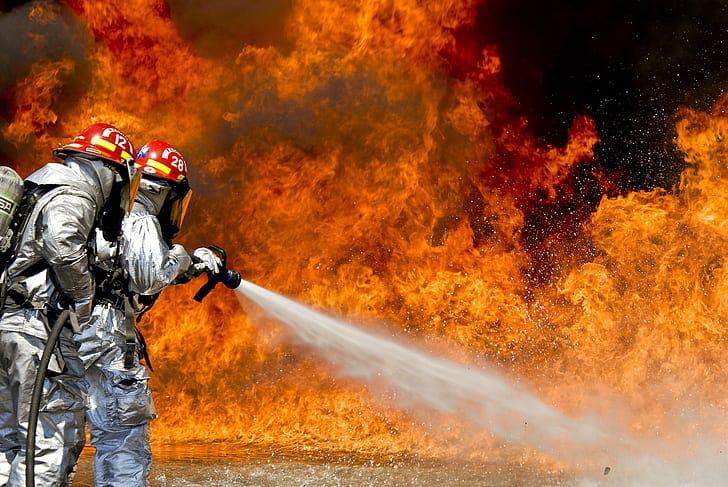
Fire suits are essential protective equipment designed to shield wearers from extreme heat, flames, and hazardous conditions. The color of fire suits is not just an aesthetic choice—it serves functional, symbolic, and safety purposes, varying across industries and applications.
Fire suit colors can indicate specific roles, safety standards, and visibility needs. Common colors like yellow, orange, silver, and black often align with industry-specific functions, environmental demands, or rank differentiation.
Let’s explore the significance of fire suit colors and how they are used across industries and roles.
What does the color of a fire suit signify in different industries?
The color of a fire suit often corresponds to industry-specific safety protocols and operational needs.
Fire suit colors are tailored to the industry’s hazards, with silver suits for heat reflection, bright colors for visibility, and dark tones for tactical purposes.
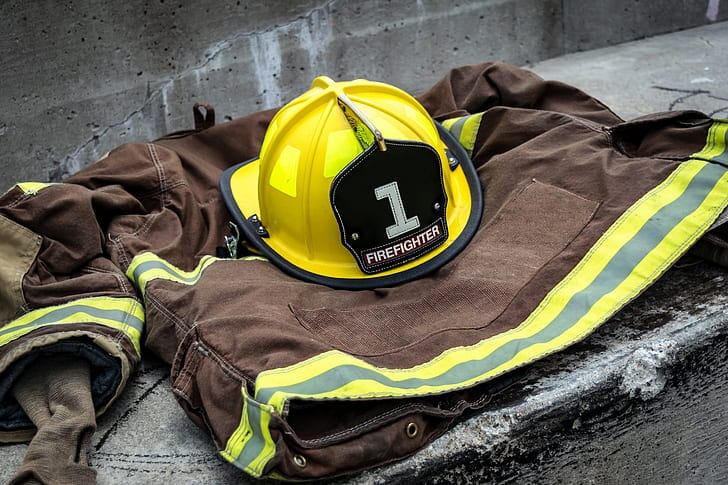
Different industries adopt fire suit colors to address their unique hazards and operational requirements. Here’s how various sectors utilize colors:
-
Metalworking and Foundries: Silver-colored aluminized suits are common due to their heat-reflective properties, offering protection in high-temperature environments.
-
Firefighting: Bright colors like yellow or orange ensure visibility in smoky or low-light conditions, improving safety during rescue missions.
-
Chemical Plants: Green fire suits are often used to signify chemical resistance and protection against hazardous spills.
-
Military or Tactical Units: Black fire suits provide reduced visibility for tactical operations and are typically more durable for rugged conditions.
The choice of color is not only practical but also ensures compliance with safety standards and improves team coordination in high-risk environments.
What is the purpose of bright-colored fire suits like yellow or orange?
Bright-colored fire suits are designed to enhance visibility and ensure safety during emergency responses and high-risk operations.
Yellow and orange fire suits improve visibility in low-light or smoky conditions, helping rescuers and team members locate firefighters quickly.
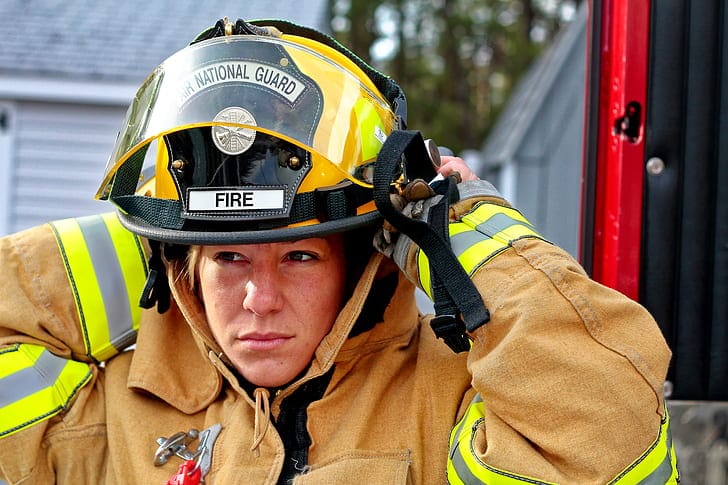
Bright colors like yellow and orange serve a crucial role in enhancing safety. Here’s why they are preferred:
-
High Visibility: These colors stand out in smoke-filled or dimly lit environments, making it easier for team members to identify one another during emergencies.
-
Emergency Identification: In chaotic scenarios, bright-colored fire suits help by clearly identifying firefighters or emergency responders to civilians or victims.
-
Compliance with Standards: Many fire safety regulations require high-visibility PPE to reduce risks during complex operations.
-
Versatility: Bright colors are used across different firefighting scenarios, from urban fires to forest rescues, ensuring adaptability and enhanced safety.
The bright colors of these fire suits are not just about aesthetics—they are a critical part of ensuring effective communication and safety during operations.
What role do fire suit colors play in distinguishing ranks or roles?
Fire suit colors can signify hierarchy, roles, or team responsibilities, providing clarity and coordination during operations.
Fire suit colors often distinguish ranks and roles, with specific hues assigned to leaders, specialized teams, or emergency responders.

In many firefighting and industrial contexts, the color of fire suits is used to identify ranks and roles. Here’s how it works:
-
Leadership and Supervisors: Team leaders may wear distinctive colors, such as white or red, to stand out and ensure they are easily recognizable.
-
Specialized Teams: HAZMAT or chemical response teams often wear green or blue fire suits, indicating their specific expertise in handling hazardous materials.
-
Standard Firefighters: Yellow or orange is frequently reserved for general firefighting personnel to maintain consistency and visibility.
-
Volunteer Firefighters: In some regions, volunteer teams wear distinct colors to differentiate them from professional units, often using simpler or more cost-effective designs.
These distinctions improve coordination and ensure that every member of a team knows their role and can quickly identify others during emergencies.
What are the most common fire suit colors used in firefighting?
Firefighters rely on specific fire suit colors for safety, visibility, and compliance with local standards.
Yellow, orange, black, and silver are the most common fire suit colors, each serving specific purposes in firefighting and emergency response.

The most commonly used colors for fire suits reflect their unique functionality in firefighting scenarios:
-
Yellow: This high-visibility color is widely used in urban firefighting, ensuring that firefighters are easily seen in smoky conditions.
-
Orange: Often used in rescue missions and wildland firefighting, orange suits enhance visibility in dense vegetation or open spaces.
-
Black: Tactical firefighting teams may wear black suits for durability and to hide soot and stains accumulated during operations.
-
Silver: Aluminized suits are used for extreme heat environments, such as tackling industrial fires or working in foundries.
-
Green or Blue: These colors are typically assigned to specialized units handling chemicals or hazardous materials, providing clear visual cues of their roles.
By selecting the appropriate color, firefighting units ensure both functionality and improved safety during operations.
Conclusion
The color of a fire suit is more than just an aesthetic choice; it reflects the unique demands of different industries and firefighting scenarios. From enhancing visibility to denoting roles and protecting against specific hazards, each color serves a purpose. Bright colors like yellow and orange improve safety through high visibility, while silver suits protect against extreme heat. Understanding the significance of these colors ensures proper selection and optimal protection for workers and emergency responders alike.
Zion Zhang
Recent Posts
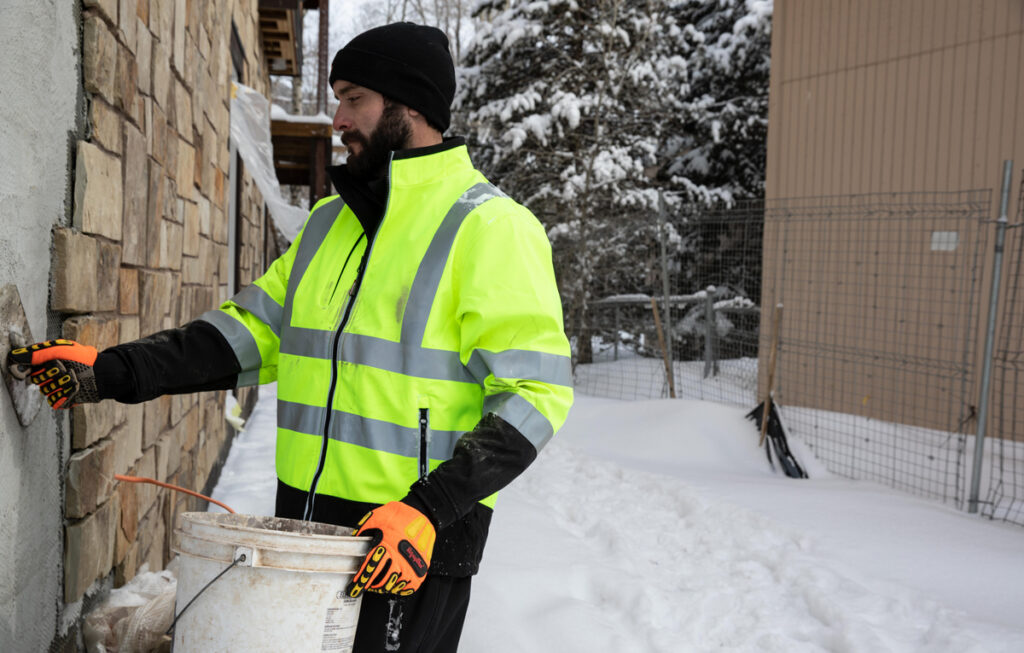 The New Currency of Trust: Why Buyers Require LCA (Life Cycle Assessment)2026年1月7日Executive Summary: Data is the New Price Tag For the last […]
The New Currency of Trust: Why Buyers Require LCA (Life Cycle Assessment)2026年1月7日Executive Summary: Data is the New Price Tag For the last […]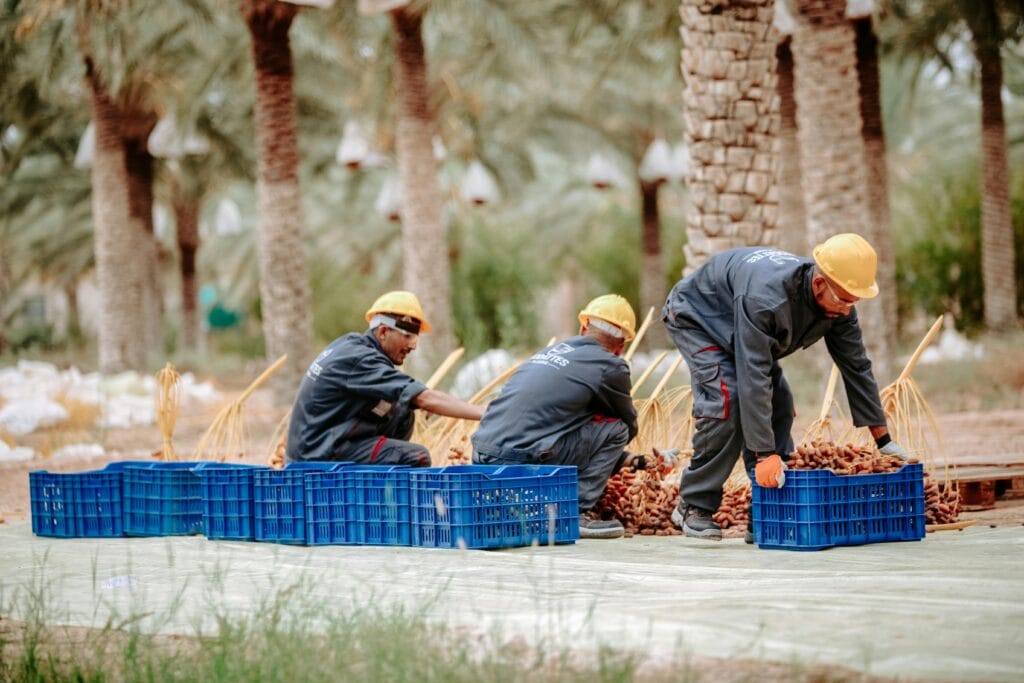 Green Dyeing & Finishing: The ESG Revolution in Industrial Workwear2026年1月7日Executive Summary: The Shift from “Compliance” […]
Green Dyeing & Finishing: The ESG Revolution in Industrial Workwear2026年1月7日Executive Summary: The Shift from “Compliance” […]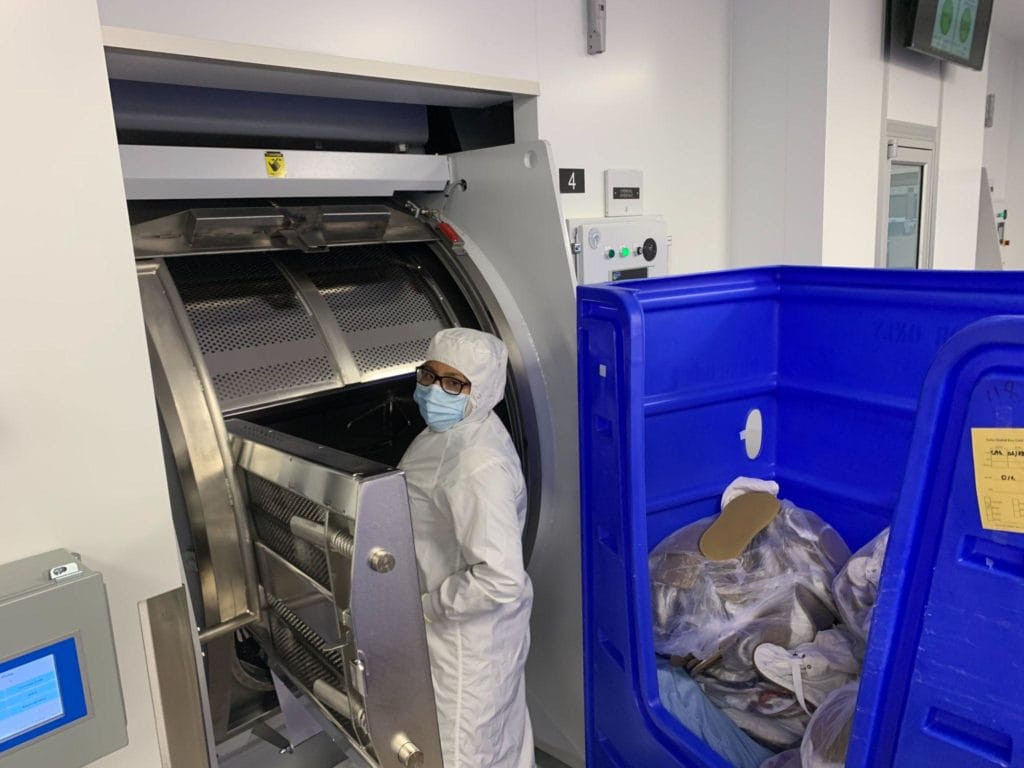 Sustainable Toughness: The Rise of Recycled Materials in Industrial Workwear2026年1月7日Executive Summary: Bridging the Gap Between […]
Sustainable Toughness: The Rise of Recycled Materials in Industrial Workwear2026年1月7日Executive Summary: Bridging the Gap Between […] Mobile-Based PPE Inventory Management: The “Lightweight” Revolution for SME Safety2026年1月6日Executive Summary: Democratizing Digital Inventory For […]
Mobile-Based PPE Inventory Management: The “Lightweight” Revolution for SME Safety2026年1月6日Executive Summary: Democratizing Digital Inventory For […]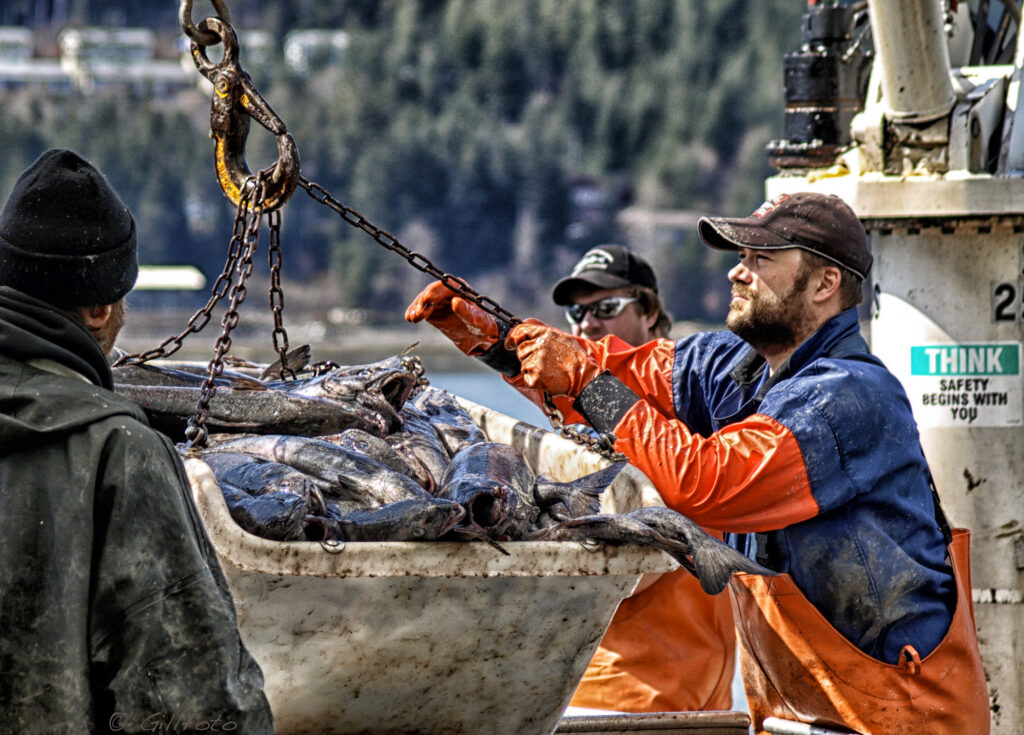 Low-Cost Tracking Solutions: The Hybrid Barcode + RFID Approach to Smart Inventory2026年1月6日Executive Summary: Intelligence on a Budget In the world of […]
Low-Cost Tracking Solutions: The Hybrid Barcode + RFID Approach to Smart Inventory2026年1月6日Executive Summary: Intelligence on a Budget In the world of […]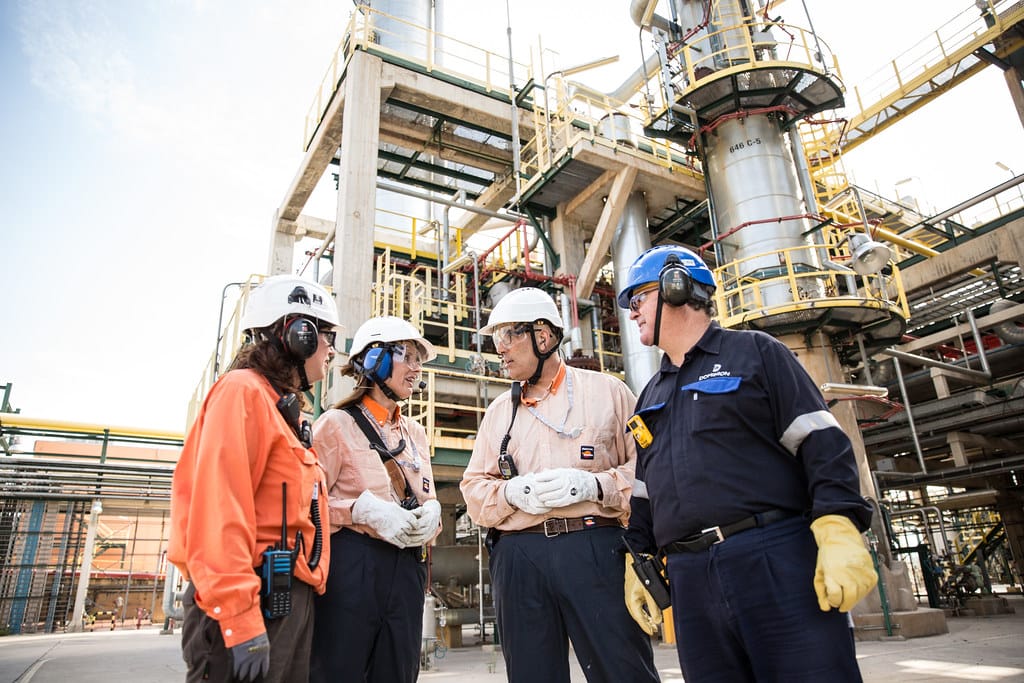 Hidden Costs & ROI of Smart PPE: The Financial Case for Connected Safety2026年1月6日Executive Summary: Shifting from CAPEX Shock to OPEX […]
Hidden Costs & ROI of Smart PPE: The Financial Case for Connected Safety2026年1月6日Executive Summary: Shifting from CAPEX Shock to OPEX […]
CONTACT US
- Feel free to contact us any time. We will get back to you as soon as we can!
- +86-17330061805
